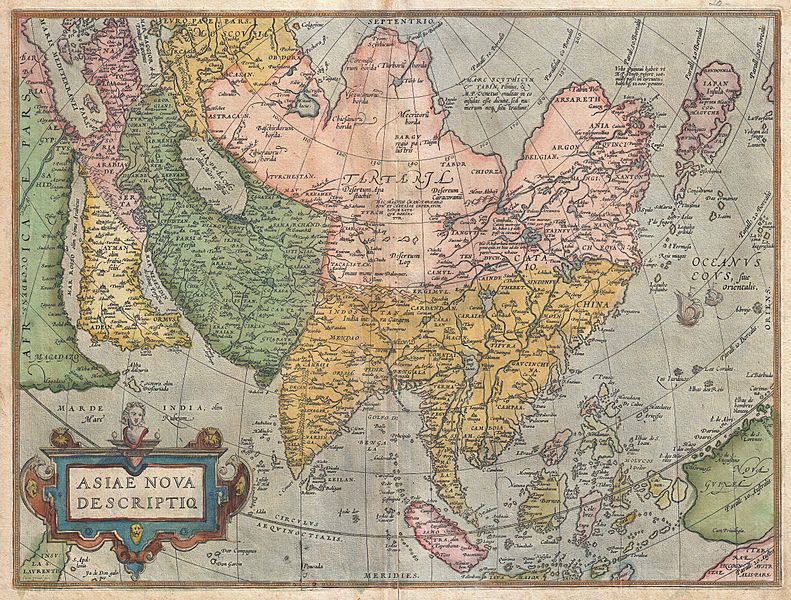Image: 1570 Ortelius Map of Asia (first edition) - Geographicus - AsiaeNovaDescriptio-ortelius

Description: A scarce and stunning first edition example of Abraham Ortelius’ important 1572 map of Asia. Covers from Europe and Africa eastward to include all of Asia, the East Indies, Japan, and parts of New Guinea and Australia. From west to east, this map offers numerous elements worthy of further study. The Caspian Sea, according to the convention of the time, is presented on an east-west rather than north-south axis. Arabia is projected in a distended form. Further east in western China, Cayamay lacus is depicted. This mythical body of water was postulated by Ortelius to be the source great rivers of Southeast Asia. Indeed, Ortelius crisscrosses East Asia with a vast network of waterways advocating his belief that a water route existed through China to the North Sea and hence, via the Northeast Passage, to Europe. Still further east Japan appears in a distorted top heavy projection that resembles a tadpole. To the south Luzon is absent from the Philippine Islands. In the extreme southeast portion of the map Australia appears as “Terrae Incognitae Australis”. East of China, two sailing ships ply the waters of the Pacific. A large decorative title cartouche adorns the lower left hand quadrant. Ortelius based this map on his own wall map of 1567. This map was issued as page 3 in the 1872-73 German language edition of Ortelius’s Theatrum Orbis Terrarum and corresponds to Van den Broecke’s Ort 6 classification, predating the more common Ort 7 map of Asia that appeared in 1574.
Title: Asiae Nova Descriptio
Credit: This file was provided to Wikimedia Commons by Geographicus Rare Antique Maps, a specialist dealer in rare maps and other cartography of the 15th, 16th, 17th, 18th and 19th centuries, as part of a cooperation project.
Author: Abraham Ortelius
Permission: This is a faithful photographic reproduction of a two-dimensional, public domain work of art. The work of art itself is in the public domain for the following reason: Public domainPublic domainfalsefalse This work is in the public domain in its country of origin and other countries and areas where the copyright term is the author's life plus 100 years or fewer. You must also include a United States public domain tag to indicate why this work is in the public domain in the United States. This file has been identified as being free of known restrictions under copyright law, including all related and neighboring rights. https://creativecommons.org/publicdomain/mark/1.0/PDMCreative Commons Public Domain Mark 1.0falsefalse The official position taken by the Wikimedia Foundation is that "faithful reproductions of two-dimensional public domain works of art are public domain". This photographic reproduction is therefore also considered to be in the public domain in the United States. In other jurisdictions, re-use of this content may be restricted; see Reuse of PD-Art photographs for details.
Usage Terms: Public domain
License: Public domain
Attribution Required?: No
Image usage
The following page links to this image:

